Progress Areas
Enhancing Impact

Goal
Leverage our resources to increase impact
Progress
- Leveraged nearly $46 million from public and private sources, including direct co-funding and money raised.
What this means
Leveraging is a strategy across all program areas. Since 2009, approximately $653 million has been leveraged.
Leveraging has allowed us to support, sustain, and expand efforts across the State.
Enhancing Impact
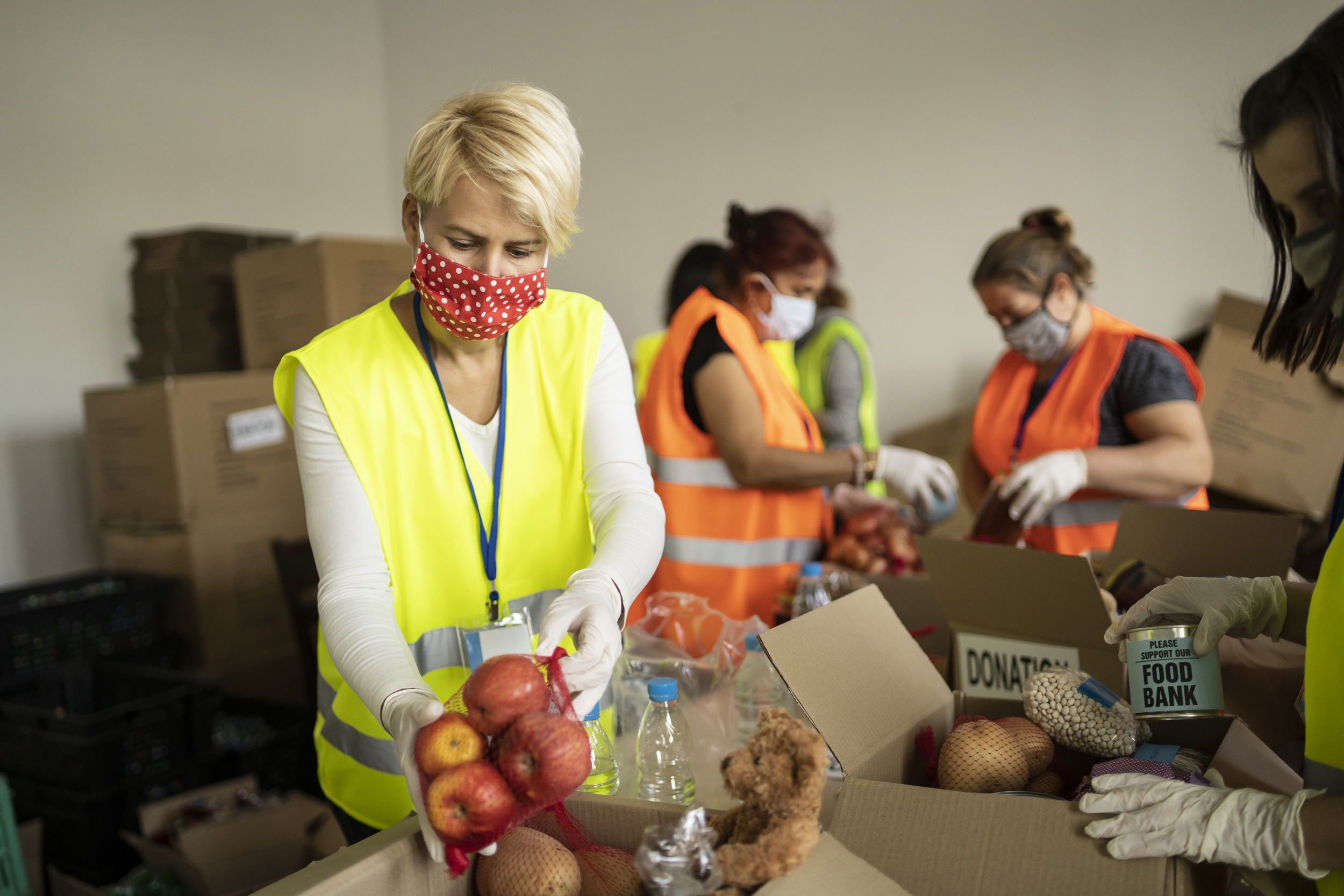
Goal
Deploy activist model to achieve broad policy impact
Progress
- Testified before New York State and City legislators regarding food insecurity during the COVID-19 pandemic. An NYHealth analysis of survey data informed the testimony.
- Submitted public comments to inform and influence: 1) equitable efforts to roll out COVID-19 vaccines; and 2) proposed federal rules to require private health insurers to make price information available to patients prior to when care is delivered.
- Continued our campaign to create universal access to Veterans Treatment Courts (VTC), which gained momentum early in 2020. Bills were introduced in both houses of the State legislature and gained co-sponsors, but the effort stalled given the abbreviated legislative session during the COVID-19 pandemic.
What this means
We are continuing efforts to be not just a grantmaker, but also a changemaker. Using our reputational and human capital enhances our impact beyond funding.
Participating in public comment processes is a way to inform and influence policy. We are active contributors of such policy documents. 2020 was the first year that the Foundation submitted public testimony for New York State and City legislative hearings and roundtables.
NYHealth staff and grantees continue to educate and inform policymakers in the Governor’s office and the legislature as part of a comprehensive strategy to expand VTC access in 2021.
Enhancing Impact
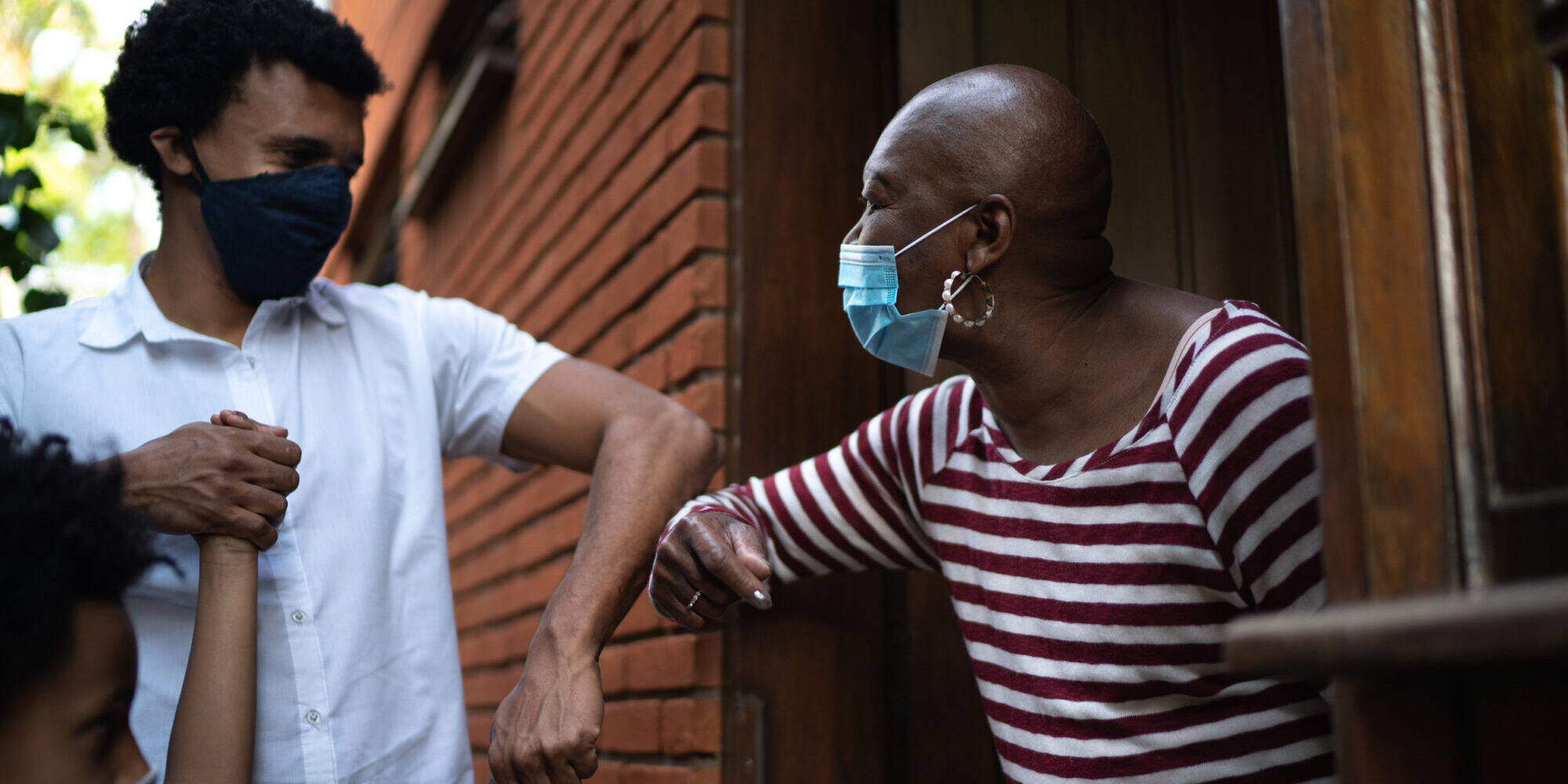
Goal
Address health and human service needs created by the COVID-19 pandemic
Progress
- Committed $5 million in funding to support COVID-19 response and relief efforts throughout New York State.
- Increased NYHealth’s typical annual grantmaking budget to address immediate and ongoing needs for relief, recovery, and resiliency support among New York State organizations. Grants included contributions to numerous regional response funds, as well as support for statewide and local efforts to address emerging health care and public health needs in the wake of the pandemic.
- Focused on New Yorkers hit hardest by the pandemic, including frontline health care workers, families who lack food security, isolated older adults, veterans, immigrants, and uninsured New Yorkers.
What this means
Designating a pool of COVID-19-related funds, with the ability to make grants rapidly available, allowed the Foundation to provide direct services and meet human needs quickly and efficiently. NYHealth also maintained a commitment to our existing priority areas and aligned our pandemic response with these priorities.
NYHealth’s commitment was significant for a foundation of our size, but the scale of the need remains enormous. Being strategic with modest grant dollars was critical.
Enhancing Impact
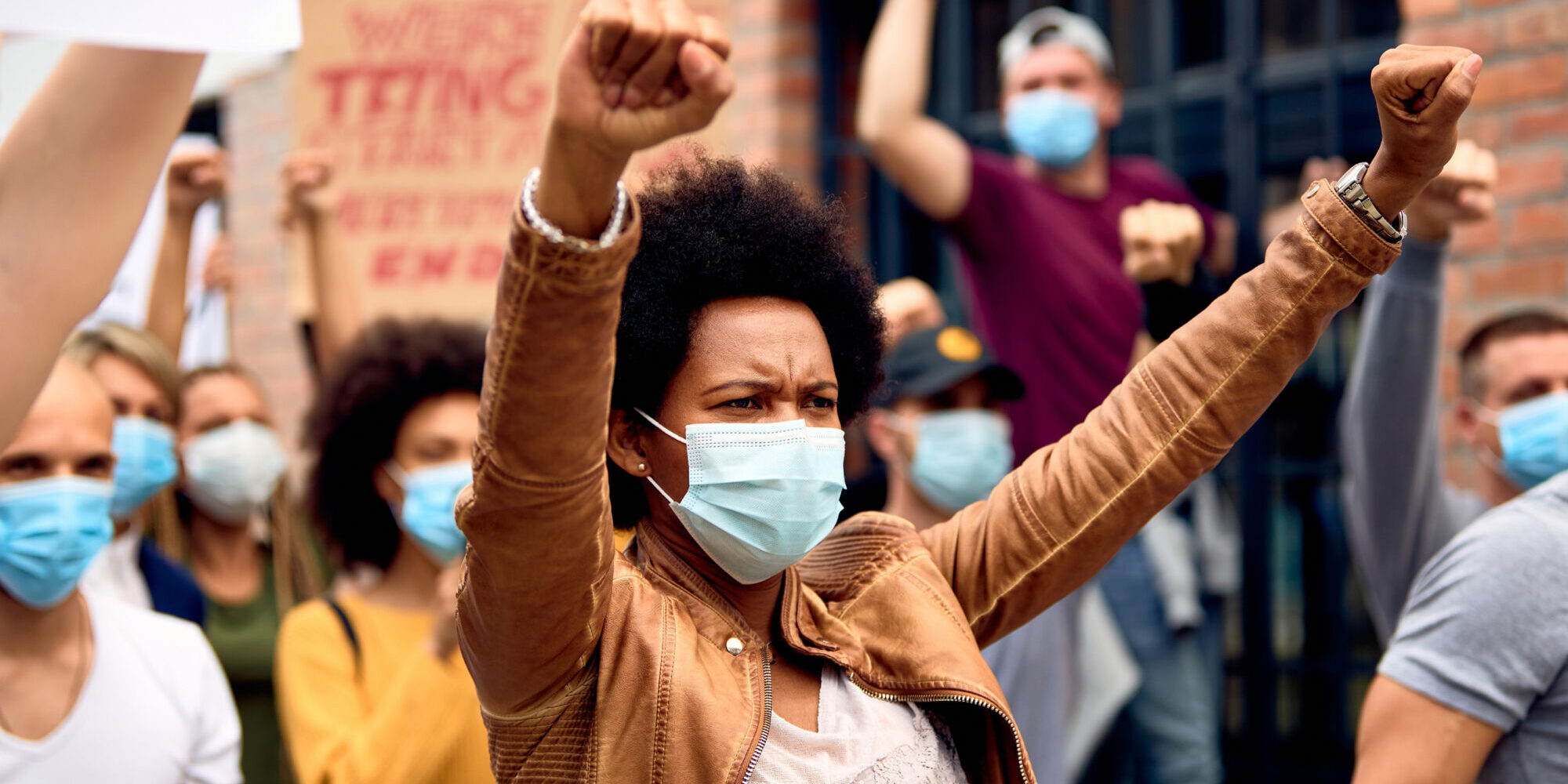
Goal
Advance racial health equity
Progress
- Racial justice issues were prominent throughout the nation in 2020, and for NYHealth as well. Health equity has always been an underlying theme of much of NYHealth’s work, but it has not been an explicit focus. In 2020, we re-examined our approach to health equity, particularly through the lens of racial inequities.
- All staff received implicit bias training. A follow-up training session on bias mitigation will occur in early 2021.
- Used Juneteenth as a day for all staff to engage in learning and action on racial equity issues.
- Revamped communications related to racial heath equity, including a new page on the NYHealth website describing how our work promotes racial health equity for New Yorkers and identifying gaps to inform future work.
- NYHealth’s Patients as Partners: Advancing Equity Request for Proposals (RFP) was framed specifically to advance racial health equity. This RFP seeks projects that will amplify voices of patients of color to ensure their priorities, preferences, and experiences guide efforts to create a more equitable health care system.
- Reviewed and modified internal practices and policies to align with equity goals.
What this means
For NYHealth, health equity means that everyone has the opportunities and resources they need to be as healthy as possible and that no one is disadvantaged. Racial and ethnic disparities in health are especially pervasive and persistent, so achieving health equity requires particular attention to the health needs of New Yorkers of color.
Discussing race and health equity and being more intentional about developing an internal organizational culture has led to important progress for the Foundation. These are challenging conversations that will continue.
We will also continue to identify how to be more intentional in our grantmaking to ensure that the Foundation contributes meaningfully to the racial health equity imperative.
Building Healthy Communities
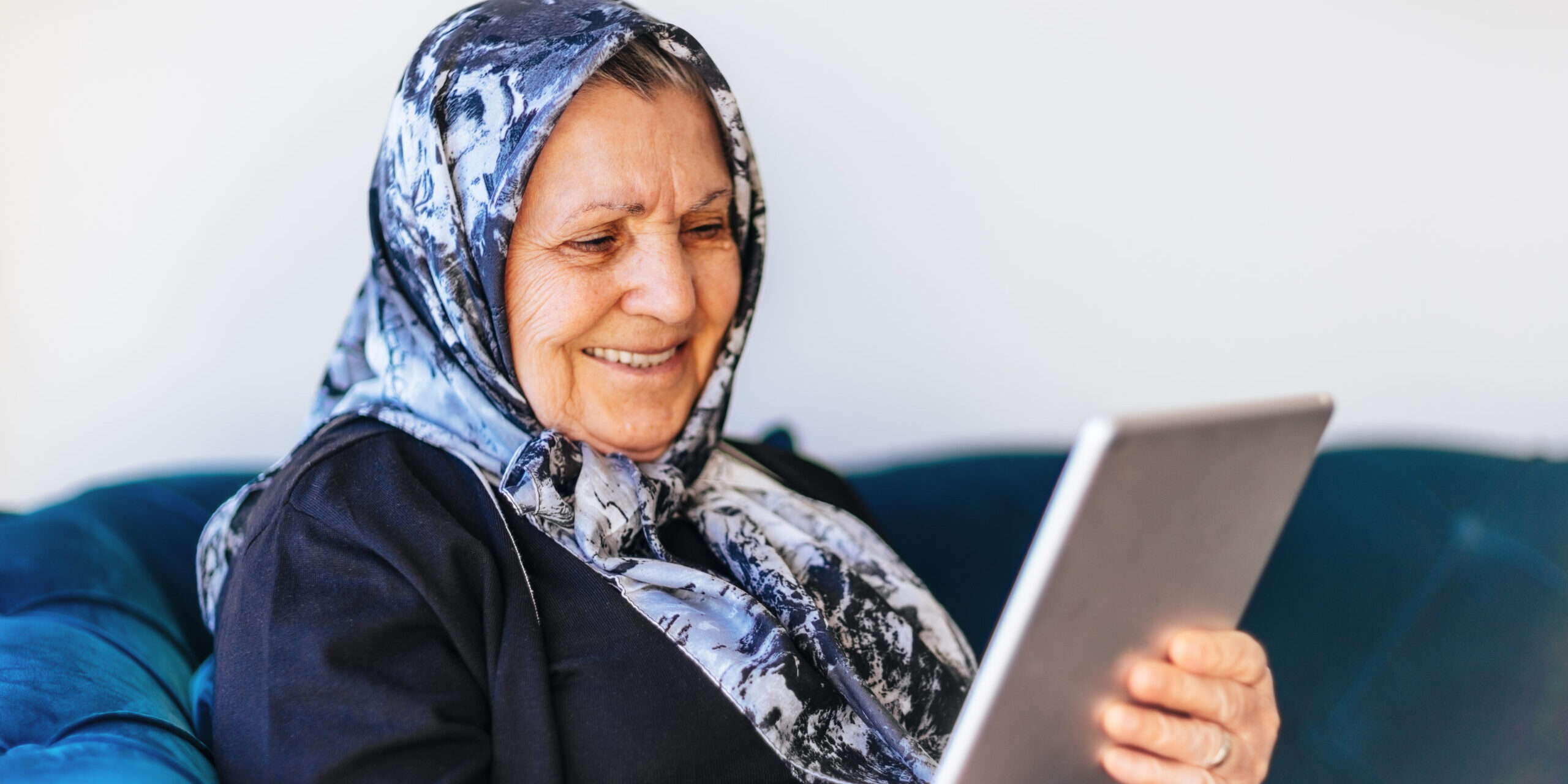
Goal
Promote community cohesion, organizational capacity, and sustainability
Progress
- Convened virtual peer learning sessions where communities shared ideas and best practices on a range of topics, including community engagement during the pandemic.
- Supported grantees to implement creative ways to help their communities address food insecurity, maintain contact with isolated residents, and plan for socially distanced activities during the pandemic.
- Partnered with the program’s evaluation team from New York University School of Medicine to understand if organizational capacity fostered by the Building Healthy Community efforts over time helped communities respond to COVID-19.
What this means
In 2020, NYHealth prepared to wind down the Building Healthy Communities program. The planned focus was on sustainability, communications, and policy advocacy. Those plans progressed, but were slowed by the urgent needs and disruptions caused by COVID-19.
COVID-19 brought new meaning to the efforts of community coalitions. The organizational infrastructure and community cohesion cultivated over the course of the program enabled communities to mobilize and respond quickly to local needs during the pandemic.
Building Healthy Communities
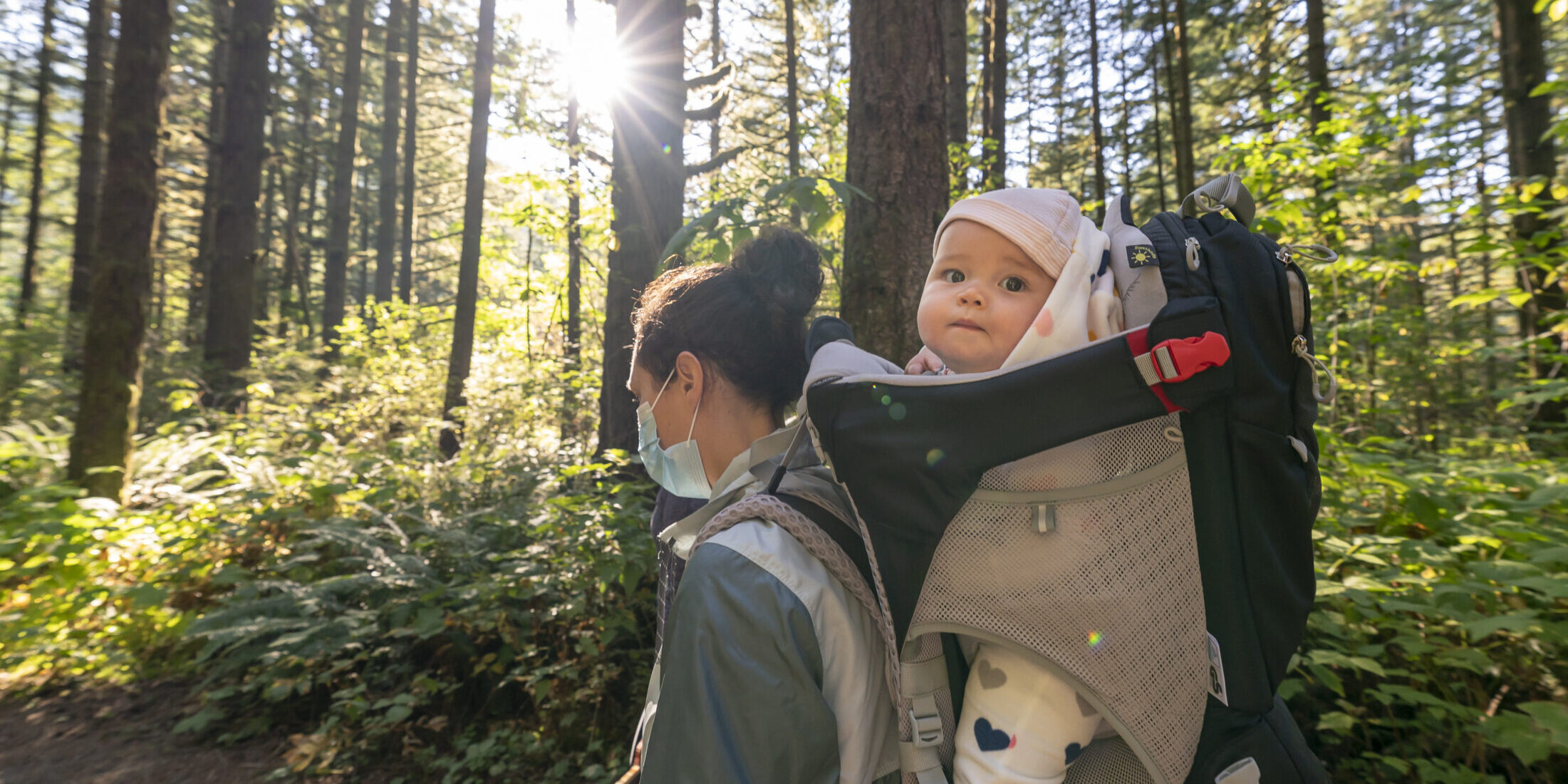
Goal
Improve access to safe places where residents can be more physically active
Progress
- COVID-19 delayed some, but not all, park improvements. In Clinton County, for example, where rates of COVID-19 remained low, work continued on the development of new trails and recreation parks funded by NYHealth.
- Given limitations for congregating in large groups and closures of many public spaces during the pandemic, grantees found alternative ways to promote physical activity. For example, Missio Church in the Near Westside of Syracuse created take-home after-school activities to help children stay active while sheltering in place, and the Create a Healthier Niagara Falls Collaborative adapted its “Walk the Falls” event to accommodate social distancing.
What this means
Innovations in response to COVID-19, such as the development of virtual programs and converting streets to pedestrian-traffic only, are addressing the physical and mental health of residents.
Challenges still exist. The summer of 2020 saw spikes in violence in the Building Healthy Communities neighborhoods of East Harlem, Brownsville, and Syracuse.
Building Healthy Communities
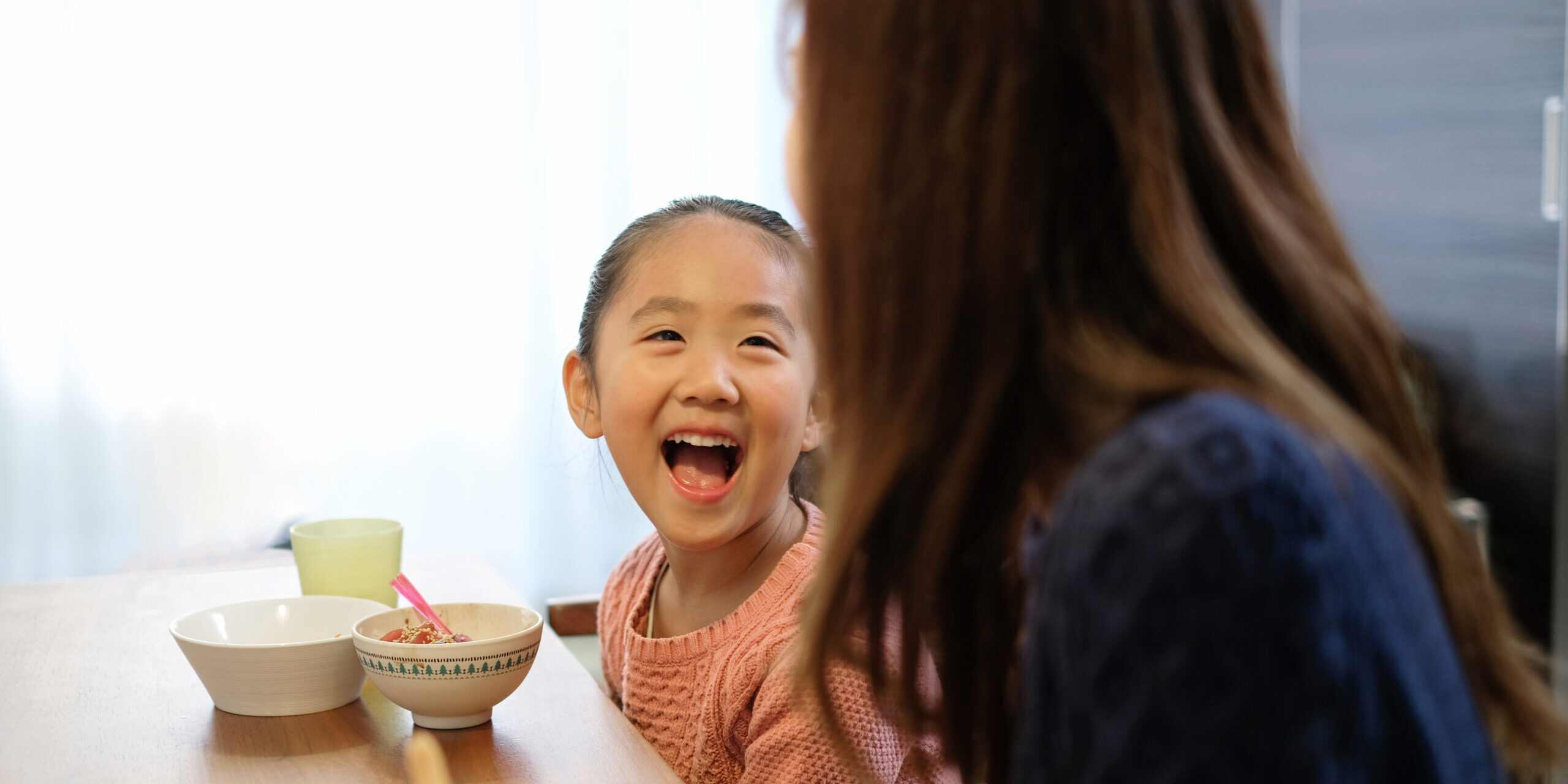
Goal
Improve access to and demand for nutritious foods
Progress
- In every region where the Building Healthy Communities program operates, community organizations have begun to organize, develop, and fundraise for their own regional food plans.
- NYHealth successfully rallied matching funds from other funders, enabling Field and Fork Network to be awarded $1.5 million by the USDA for a large-scale Double-Up Food Bucks expansion.
- Because of the success of NYHealth grantee Community Food Advocates to ensure that all 1.1 million New York City public school children have universal free lunch, these children are all eligible for Pandemic-EBT, a federal program that gives each child up to $420 in food benefits in lieu of lunches they would have received while attending school.
What this means
Policy approaches, including those that increase access to locally produced foods, increase the affordability of food, and provide incentives to consume more fresh produce, can have a significant impact on the health of a community.
The success of the Building Healthy Communities program laid the groundwork for a new NYHealth priority area in 2021, Healthy Food, Healthy Lives.
Empowering Health Care Consumers

Goal
Ensure greater transparency of and access to price, quality, and patient experience information
Progress
- With NYHealth support, the 32BJ Health Fund launched its 32BJ Maternity Program in five New York City hospitals to help empower women to make informed decisions about where to deliver their child, based on the quality and cost standards of care.
- A cohort of NYHealth-supported organizations started implementing OpenNotes in their community health centers to make doctors’ clinic notes accessible and actionable for patients.
- Supporting the development of the first-ever Consumer Empowerment Scorecard to assess the status of consumer-focused policies and practices in New York State, including transparency tools and policies to support patient voices.
What this means
As purchasers of care, large employers can be leaders in shifting the health care system toward more patient-centered and value-based approaches.
The expansion of OpenNotes beyond hospitals to other health care settings ensures more patients have access to their own health information. While the COVID-19 pandemic created delays in implementation, the number of patients who have access to their notes continues to grow. NYHealth expects a new federal rule passed in 2020 to accelerate OpenNotes adoption.
This publicly available scorecard will help identify the strengths and weaknesses of New York’s health care system from a consumer standpoint, which can inform our future work in this space.
Empowering Health Care Consumers
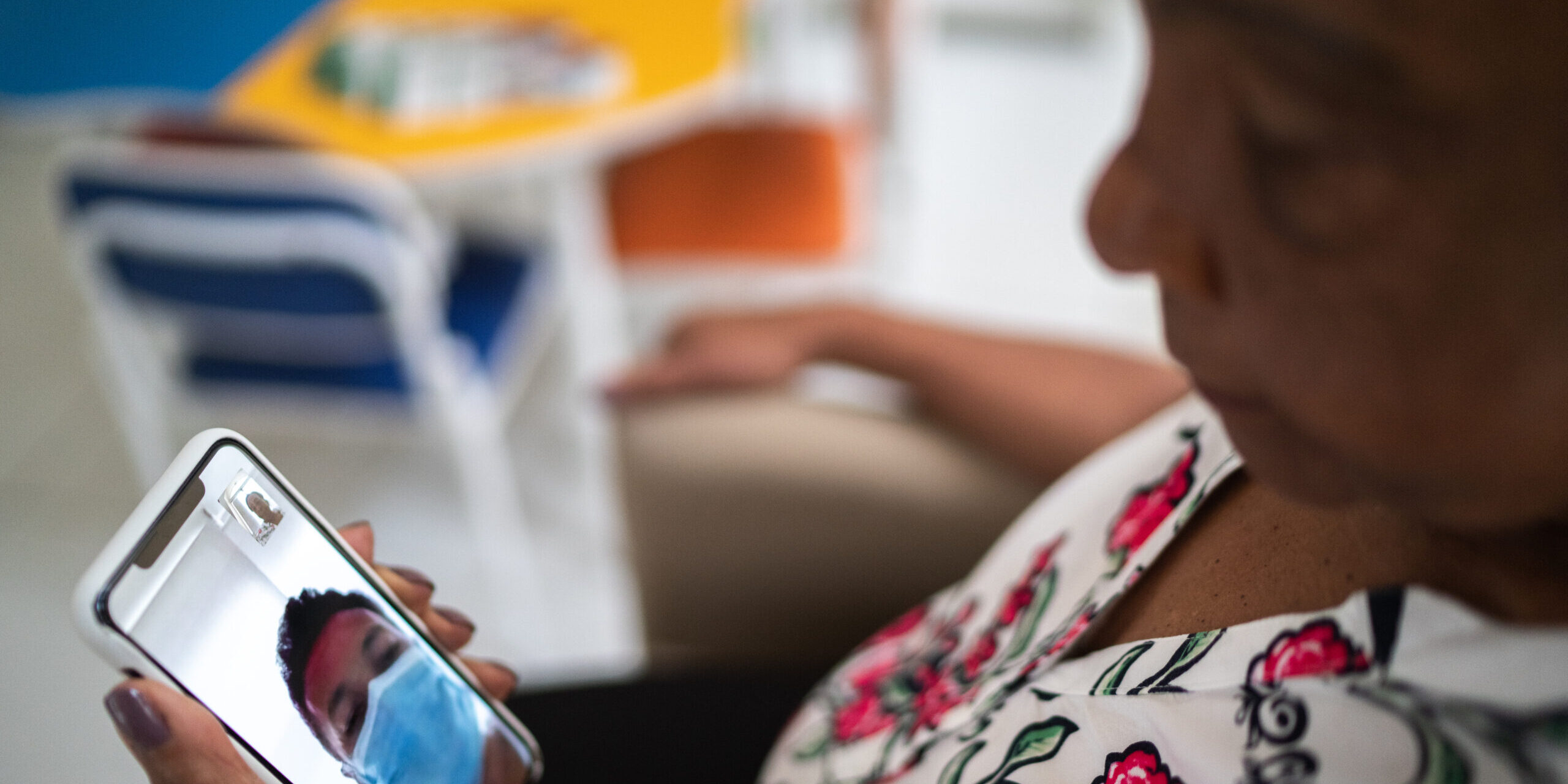
Goal
Ensure that patients are partners in the clinical care delivery experience
Progress
- Partnered with New York Academy of Family Physicians (NYSAFP), the New York Chapter of the American College of Physicians (NYACP), and Avalere to test and scale approaches to improve physician-patient cost conversations in 23 primary care practices throughout New York State.
- With NYHealth support, the Institute for Patient and Family-Centered Care (IPFCC) launched an educational program to improve communication between providers and patient caregivers in medical settings.
- NYHealth grantee Medicare Rights Center (MRC) used individualized support and Medicare Advocacy Toolkits to help hundreds of consumers with issues such as enrolling in Medicare and obtaining prescription drug coverage.
What this means
Meaningful patient-engagement policies minimize patient burdens and create more accountability. Many physicians have not been formally trained to build working relationships with patients and their family caregivers.
Patients with chronic diseases and older adults—as well as their caregivers—can feel overwhelmed, disempowered by the system, and unclear about what to do or where to get information about rights and procedures. Resources like those developed by NYHealth grantees help patients and caregivers navigate complex systems to access needed care.
Empowering Health Care Consumers

Goal
Ensure that patients are partners in informing care delivery and health policies
Progress
- NYHealth grantees had made it a priority to add more consumer representatives to the New York State Public Health and Health Planning Council. In 2020, both houses of the New York State Legislature passed a bill adding two consumer seats to the council.
- Health Care for All New York (HCFANY) provided education on and advocated for medical bill simplification and expanded consumer protections. In 2020, both the Assembly and the Senate introduced legislation that would protect New Yorkers from unfair medical bills.
What this means
Consumers need a lasting and meaningful seat at the table. In 2020, NYHealth made a grant to HCFANY to amplify the consumer voice and engage patients as partners in decision-making. These efforts help New Yorkers drive and inform decisions that affect health care policy, quality, access, and costs in New York State.
Improving Veterans’ Health
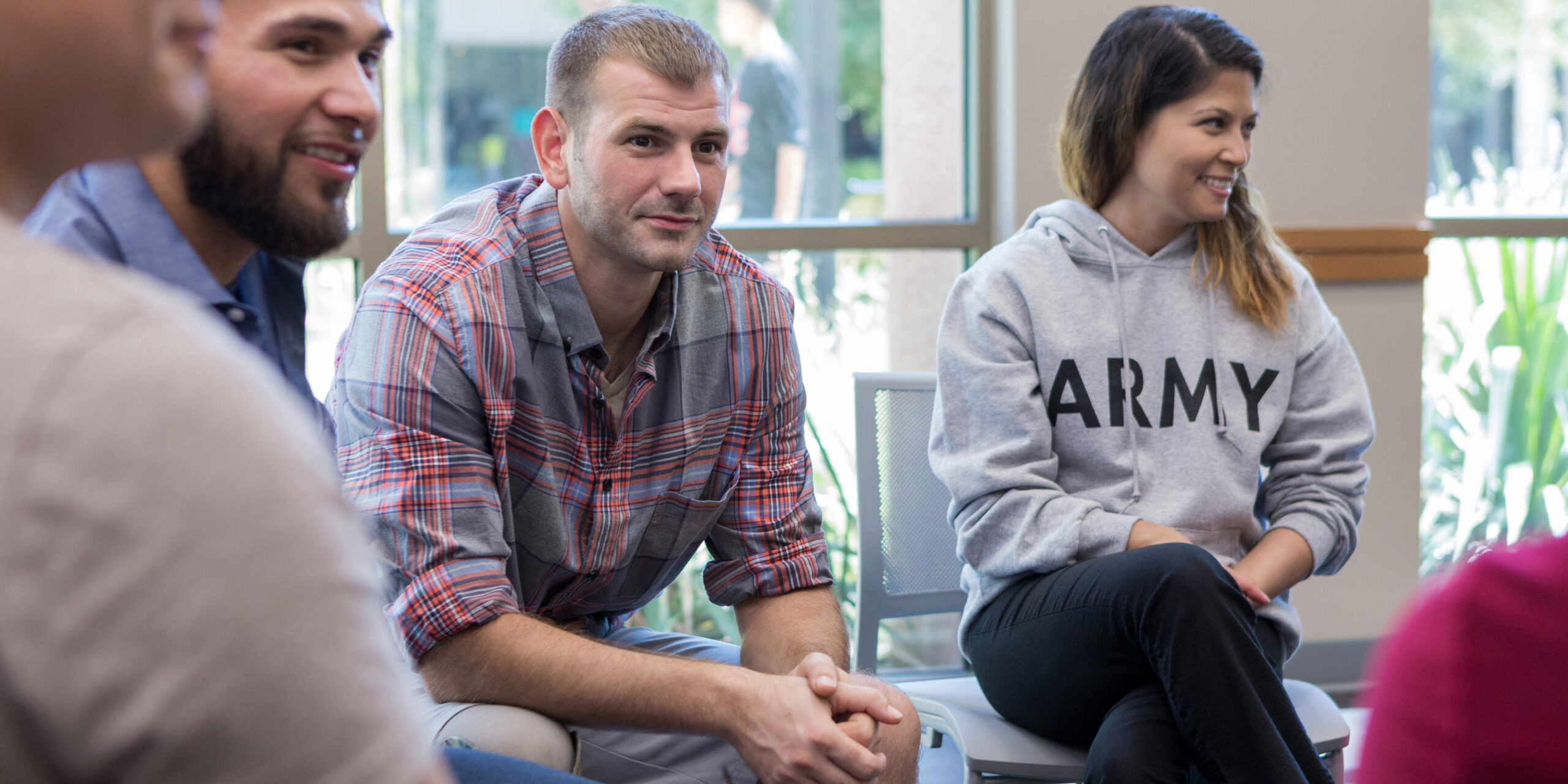
Goal
Increase visibility of veterans’ health issues
Progress
- Organized and/or participated in numerous NYHealth events related to veterans’ issues. These included hosting (1) a webinar with the Director of New York State’s Division of Veterans’ Serviceson connecting veterans with resources during the COVID-19 pandemic and (2) a two-part virtual conference focused on preventing veteran suicide.
- Authored pieces that addressed issues including trauma, resilience, and mental health in the veteran community for outlets including The New York Times and Albany Times Union.
- Participated in and provided guidance to the Governors’ Challenge to Prevent Suicide, in collaboration with the U.S. Department of Veterans’ Affairs, New York State’s Division of Veterans’ Services, and the Substance Abuse and Mental Health Services Administration.
What this means
In addition to responsive grantmaking, NYHealth uses leadership and leverage to advance our work on veterans’ health.
In the coming year, the Foundation will continue leveraging our assets to assist in preventing veteran suicide and help create universal access to Veterans Treatment Courts.
Improving Veterans’ Health

Goal
Increase access to comprehensive community-based services for veterans and their families
Progress
- Created a portfolio of work to connect veterans to community-based resources during the COVID-19 pandemic. Issues addressed in this work included preventing veteran suicide; addressing food insecurity and social isolation; and providing legal aid and housing services in conjunction with organizations such as Iraq and Afghanistan Veterans of America, The Mission Continues, and the New York City Veterans Alliance.
What this means
These grants and staff activities were aimed at streamlining access and improving the quality of care and services veterans receive from community-based health care providers and social service organizations.
Special Projects Fund

Goal
Supporting new endeavors and organizations
Progress
- In 2020, our Special Projects Fund (SPF) received 277 letters of inquiry
- Nearly half were from new applicants not previously funded by NYHealth.
- SPF grants addressed a variety of topics, including policies to grow primary care investment in New York State, access to peer to peer mental health services for health providers, and alternative approaches to geriatric addiction treatment.
What this means
The Special Projects Fund continues to keep the door open to work with a wider variety of grantees. This expands our audience and maintains a culture of openness to new players and ideas.
Special Projects Fund
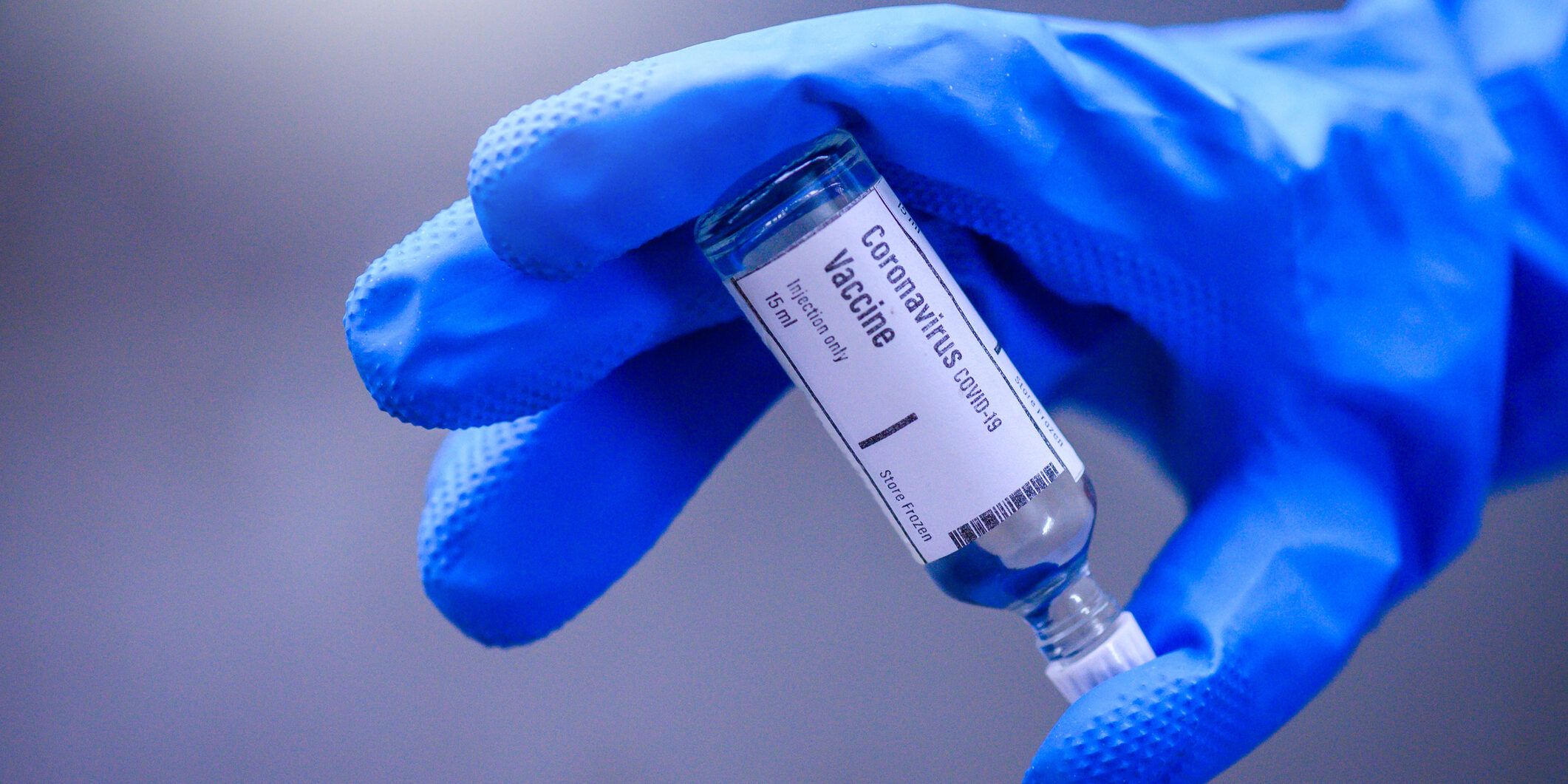
Goal
Being responsive to emerging trends
Progress
- Canceled a planned second Request for Proposals for SPF grants in 2020 and converted the remaining grants budget into a COVID-19 Response Fund.
- Created and repurposed a social media surveillance system designed to help New York’s public health officials, health care systems, and providers to counter disinformation initiatives nationally and in New York State about the COVID-19 vaccine and other health issues.
What this means
The program balances our strategic grantmaking directed at specific priorities with grantmaking that is responsive to time-sensitive and emerging issues, such as the COVID-19 pandemic.
Policy and Research

Goal
Conceive and generate original research informing New York health policy issues
Progress
- Produced analyses on pressing issues, including:
- The extent of food insecurity experienced by New Yorkers throughout the pandemic.
- The implications of the flu season during the COVID-19 pandemic, including the need for additional efforts to improve flu vaccine uptake.
- Disparities in severe maternal morbidity trends by race and ethnicity throughout New York State.
- Population projections by county for New York State and the health care implications of changing demographics by race/ethnicity and age group.
- Published blog posts on different approaches to health reform and how philanthropic organizations can use research to inform and enhance their grantmaking.
What this means
These analyses complement our external grantmaking activities and support the Foundation’s agenda to inform health policy issues facing New Yorkers.
The range of topics allows us to enhance the work of our grant-making as well as to provide input on issues outside of our current program priority areas.
The development and dissemination of our original research has allowed us to create further connections with policymakers and other key stakeholders through venues such as conference presentations, public testimony, and public comments, as well as direct collaborations with relevant policy and content experts.
Communicating Effectively
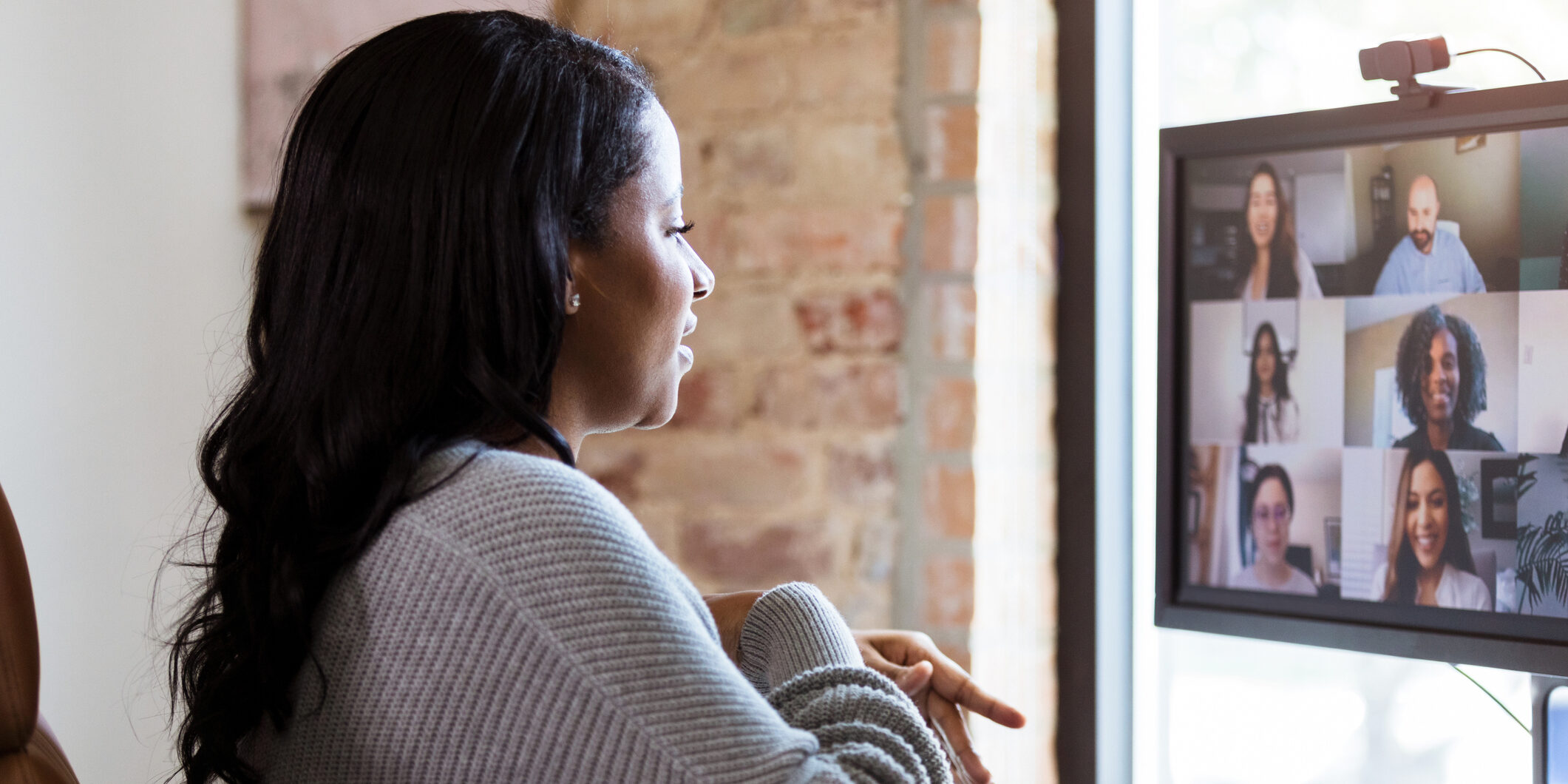
Goal
Increase the visibility, credibility, and influence of the Foundation and our grantees
Progress
Publishing
- Published 14 reports and 12 commentaries, in addition to 13 grant outcome reports.
- Published 4 op-eds and letters to the editor.
Traditional Media
- Received 104 media hits.
E-mail/Social Media
- Maintained more than 14,000 contacts on our e-mail lists.
- Averaged 22% open rate for email blasts (industry standard is 16%).
- More than 6,900 Twitter followers.
Convening
- Held 31 convenings; highlights include:
- A new “Practically Speaking” webinar series focused on practical tips for adapting during the pandemic. Nearly 1,000 people attended one of the 16 sessions.
- NYHealth’s first online conference, a two-part series focused on veteran suicide.
Website
- Continued to refine the website to support publications that are less text-heavy, more digestible, and more shareable and interactive.
- Continued to experiment with dynamic infographics on website and social media to increase engagement.
What this means
A robust and proactive communications program is a fundamental part of the Foundation’s operating model.
Communications shape the visibility, reputation, influence, and impact of the Foundation and the work supported through our grantmaking.
Communications metrics reflect growing profile within New York State and nationally.
Aiming to be adaptable and flexible, we pivoted from in-person convenings to webinars during the COVID-19 pandemic.
Investing & Operating Effectively

Goal
Strong endowment/ investment performance
Progress
- As of December 31, 2020, the 3-year compound annual return on endowment investments was 8.4%, net of fees.
- Investment performance relative to peers for the 3-year period ending September 30, 2020 (latest comparison available) ranked in 96th percentile.1
- Maintained return of 7.1% since inception (July 2006).
- When compared with the benchmark of 5% plus CPI (Consumer Price Index) since inception, NYHealth was 0.3% above the benchmark.
1 Peer data is based on a survey conducted by Cambridge Associates; “Peers” are defined as foundations with less than $500 million in assets. There are currently 60 foundations contributing such data.
What this means
The value of our endowment in 2006 was $265 million. Since then, investment return has been in top decile of peer group, allowing the Foundation to spend $214.3 million on grants and operations.
The Foundation is monitoring signs of continued volatility in investment markets
Investing & Operating Effectively

Goal
Strong internal management and customer service
Progress
- For 2020, NYHealth was certified with another clean audit.
- The average rating by grantees of NYHealth staff members responsiveness was of 6.1 (out of a 7-point scale), placing NYHealth highly relative to peer foundations.2
- In 2020, all grantees received their initial payment within an average of 11 days of receiving an award notice.
2 Based on the 2019 Center for Effective Philanthropy Grantee Perception Survey.
What this means
Receiving a clean audit each year reflects our commitment to operational efficiency and transparency.
Our goal is to continue to improve upon our customer service to grantees.
Providing timely funding is especially important for smaller organizations working on time-sensitive issues. In response to the COVID-19 pandemic, we also streamlined grant-making for emergency response grants to help meet human needs quickly and efficiently.


